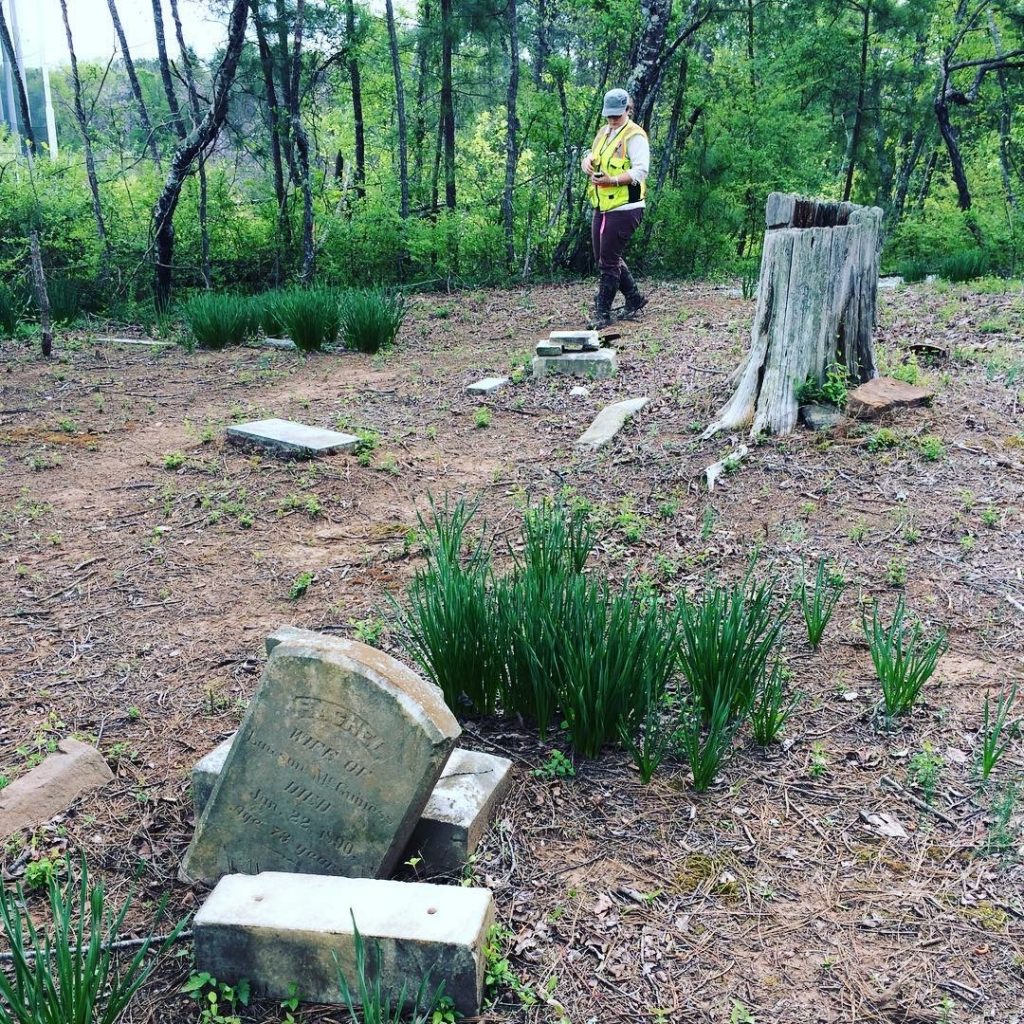
Mortuary Archaeology is a specialty that focuses on the study of cemeteries, individual burials, grave goods, and the people who are associated with these items and places. Two types of specialists study aspects of Mortuary Archaeology. Mortuary Archaeologists look at graves to learn about communities and how people cared for one another. They study grave markers, grave sites, coffins and hardware, and other items that are found on top of or in graves. Physical Anthropologists study skeletons to learn how people lived, what they did, how their lifestyle impacted their bodies, and sometimes how they died. When they work together, Physical Anthropologists and Mortuary Archaeologists can reconstruct many aspects of life in the past that were never recorded in history books.
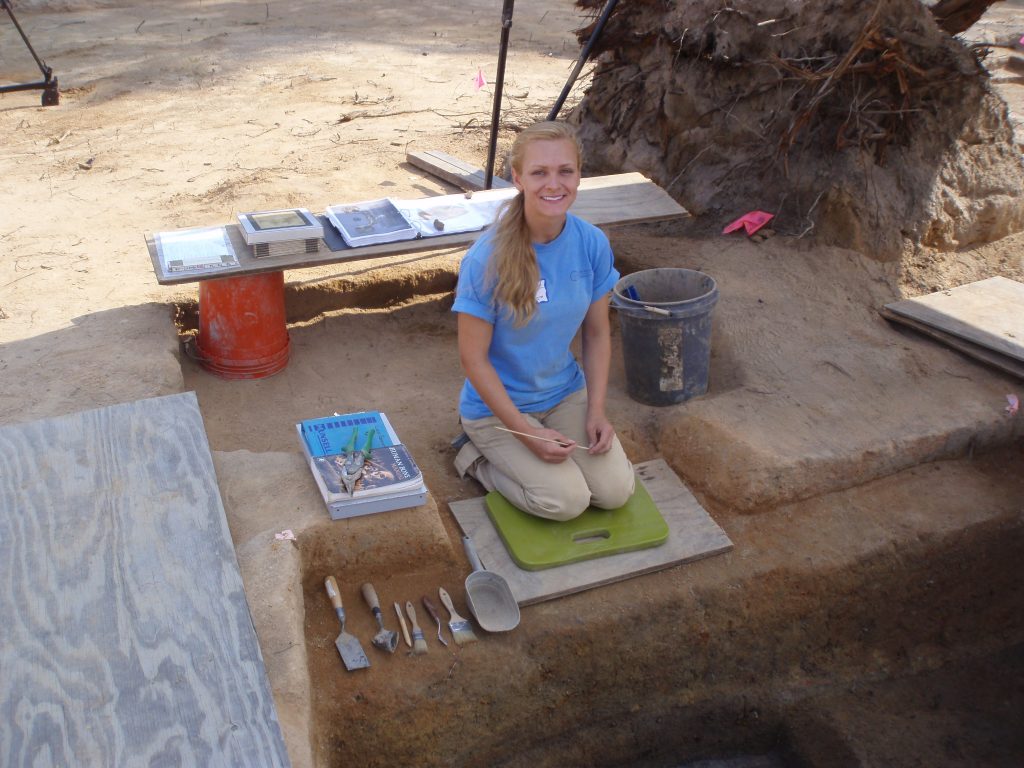
When you look at a gravestone, what do you see? You often find inscriptions with a person’s name, when they were born, when they died, and sometimes words of sentiment from their loved ones. These inscriptions tell you not only who is in the grave, but their age, their gender, how old they were, when in time they lived, and what their community thought was important for others to know about them. Look closely at how a grave is decorated, who the person was buried near, where the cemetery is located, and suddenly you know about their family, their community, their religion, and how they saw their place in the world. Things they are buried with, the skeleton, and the way they were buried provide even more information about their life. In fact, cemeteries probably tell you more about the past than any other archaeological site!
To learn more about Mortuary Archaeology and to see an example of the type of work that Mortuary Archaeologists undertake, visit the Avondale Burial Place Website. Additionally, be sure to watch I Remember, I Believe, a video presentation of the historical research and archaeological work that was completed at the Avondale Burial Place.
For those with an interest in Forensic Anthropology: Did you know that Forensic Anthropology is actually a sub-field of Physical Anthropology? To learn more from a real Forensic Anthropologist, visit the link to the Smithsonian National Museum of Natural History’s presentation of Forensic Anthropology – Bone Whispering. This video is part of the Smithsonian Science How webcast series and includes links to teaching resources for middle and high school educators.
Some examples of grave marker imagery:

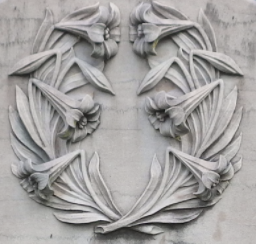
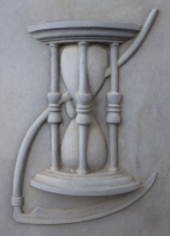
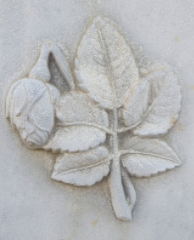
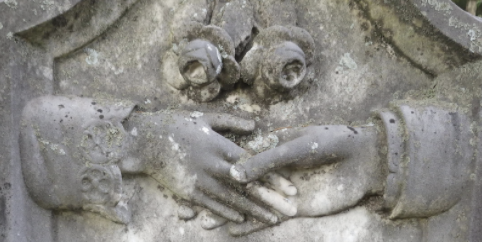
Activity:
Neighborhood Cemetery Study
This activity can be completed at any publicly accessible cemetery with visible grave markers. Find the closest cemetery to your home to help you learn more about your neighborhood and community.
Materials:
- Notebook or writing pad
- Pen/Pencil
- Camera (optional)
If you think about it, cemeteries are kind of like outdoor museums. Grave markers vary in size, shape, material, and imagery. Grave marker imagery is a common and very important research topic in Mortuary Archaeology. It’s also a great place to start when teaching others about Mortuary Archaeology. For this activity, you will take your notebook and writing utensil with you to visit a publicly accessible cemetery near your home.
As you respectfully move from one area to another, make note of the different types of grave markers you see. Be sure to note the size, shape, material, and designs of the markers that you see. You might also want to record names and ages when available. Draw sketches of some of the most interesting markers that you see. If you have access to a camera, take photos to collect even better documentation. After your visit, read through your notes and analyze your drawings and/or photos to see if you can respond to the following prompts.
Discussion Prompts:
- Analyze your data to identify patterns. How much variation was present among the grave markers? Compare the grave markers and discuss differences and similarities among them.
- Describe the types of imagery on the grave markers and explain what these images can tell you about the community of people who were buried there. Does the imagery provide information about the religion and values of the community?
- Describe how the cemetery was organized. Were there several large family plots or a lot of individual graves?
- How long has the cemetery been used? How old is the oldest grave that you saw? Do you think that the cemetery is still being used?
- Make a list of questions about the cemetery that you visited. Investigate and explain how you might find answers to these questions by interviewing community members and conducting research on the history of the community.
- Do you think that you would see the same types of grave markers and grave organization if you visited another cemetery? Explain what factors might influence the grave markers and grave organization. Would the socioeconomic status of the community impact the cemetery? What about their religion, values, and beliefs?
| Grade Level | Standard | Description |
| Kindergarten | SSKG1 | Describe the diversity of American culture by explaining the customs and celebrations of various families and communities. |
| 9th-12th | SFS5 | Obtain, evaluate, and communicate information to Medicolegal Death Investigations. e. Plan and carry out an investigation to analyze height, sex, age, and race to develop an anthropological profile of the victim and potential perpetrator. |
These standards of excellence were sourced from the Georgia Department of Education web page at https://www.georgiastandards.org/Georgia-Standards/Pages/default.aspx
